Manila rope is a popular and multi-functional accessory that supports many applications, including landscaping, gardening, boating, general home use, and agricultural use, to name a few. Generally, manila is one of the most versatile rope types due to its longevity, heat resistance, UV-resistance, strength, and stretch-resistant structure.
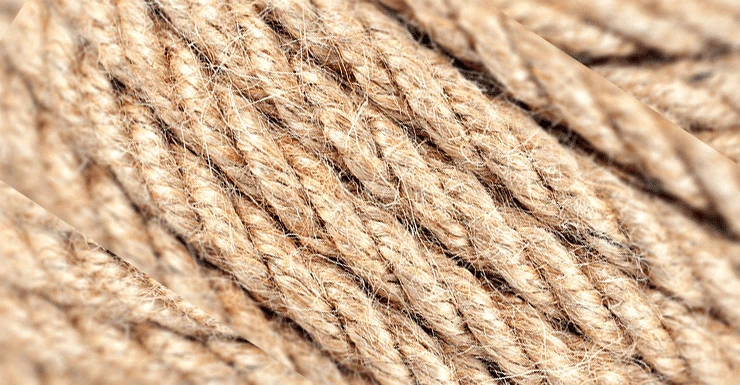
In rustic homes, the manila rope also works as a decorative garden rope. It looks good on decks, fences, garden railings, and bridges, to name a few. Ropes made from synthetic materials such as nylon cannot match manila in terms of its visual appeal. Finally, the biodegradable material is environment-friendly, unlike synthetic ones such as polypropylene, Dacron, and nylon that can stay in the ground for decades.
What is Manila Rope Made From?
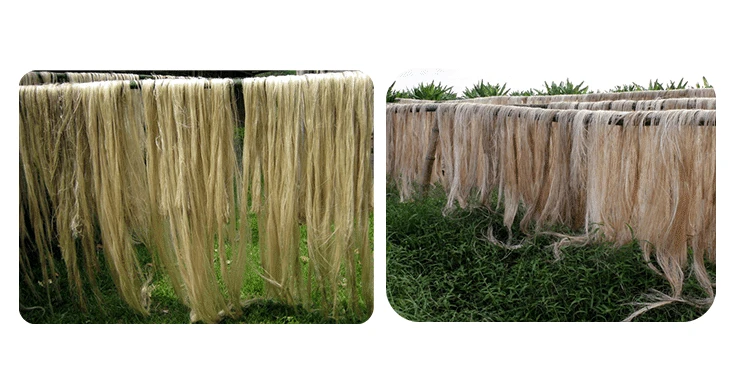
The manila rope originates from fibers of the abaca plant – a native of the Philippines and grows in large-scale plantations in Costa Rica and Ecuador. Abacá is a bananas species that produces hard fibers similar to sisal but is around 20% weaker. Jute also has long fibers for making ropes but is considerably weaker than sisal and manila, making it suitable for light-duty use.
Even though commonly referred to as Manila hemp in some world regions, do not confuse manila rope with hemp rope. Its raw material, abacá fiber, is also suitable for making banknotes, filter papers, and tea bags other than rope.
Manila rope has natural fibers prone to shrinking by about 10-15% when wet but rapidly regains its length after drying. Moreover, although cheap, it weathers nicely over time and lasts for many years.
Manila rope less know worldwide, and therefore information is limited. To prolong its life, other manufacturers use oil to preserve its fibers. Therefore, if your rope arrives has a slight odor, do not mind that, as the smell will fade over time.
Do you like using a manila rope around your home to secure stuff or decorate installations such as fences or bridges? We have reviewed some of the best brands of different sizes that will satisfy your needs.
1/4 Inch | 50 feet | Manila Rope
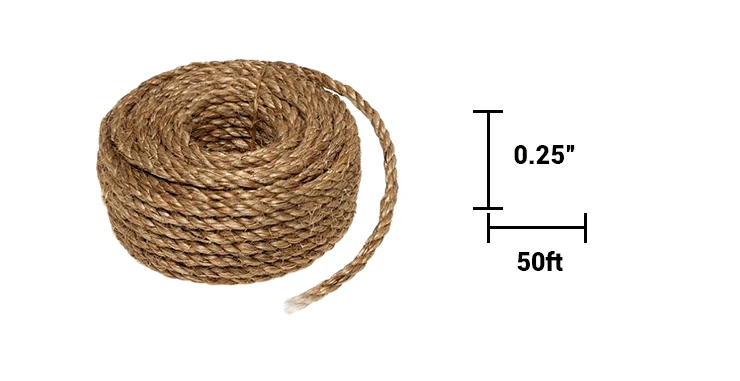
The rope measures 50 feet and is about 0.25-inches thick. It has a twisted three-strand design. Breaking strength is about 500 pounds.
The shipping weight is 0.6 pounds.
3/4 Inch | 50 feet | Manila Rope

The rope measures 50 feet and is about 0.75-inches thick. It has a twisted three-strand design. Breaking strength is about 4800 pounds.
The shipping weight is 7 pounds.
1 Inch | 100 feet | Manila Rope
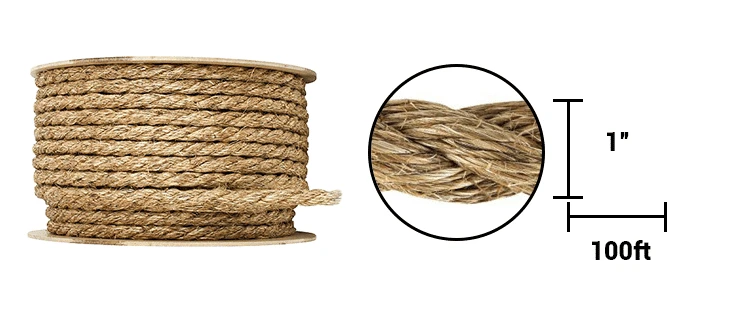
The rope measures 100 feet and is about 1-inches thick. It has a twisted three-strand design. Breaking strength is about 8100 pounds.
The shipping weight is 22.5 pounds.
1.25 Inch | 100 feet | Manila Rope
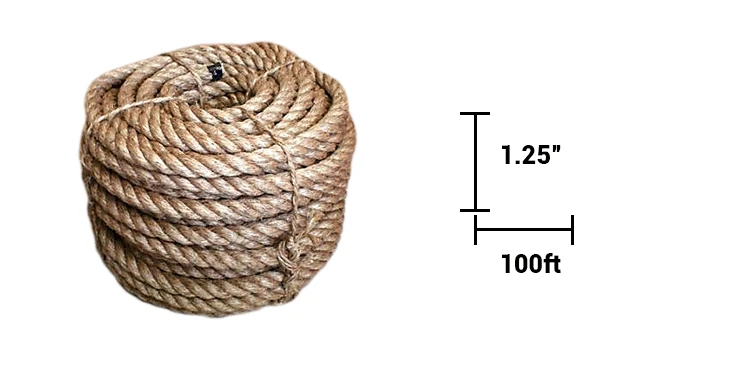
The rope measures 100 feet and is about 1.25-inches thick. It has a twisted three-strand design. Breaking strength is about 12,000 pounds.
The shipping weight is 35 pounds.
2 Inch | 50 feet | Manila Rope
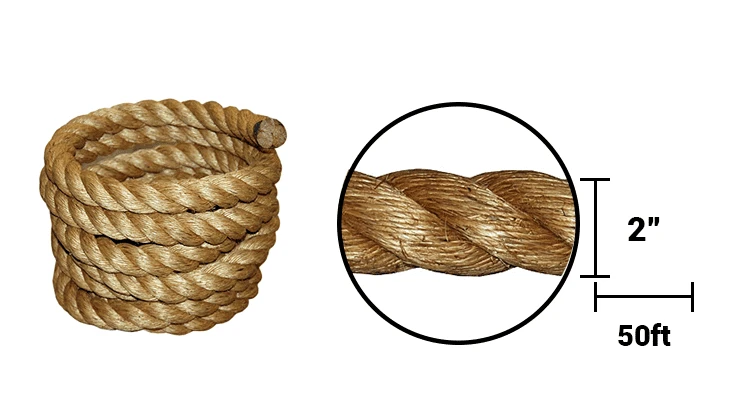
The rope measures 50 feet and is about 2-inches thick. It has a twisted three-strand design. Breaking strength is about 27,000 pounds.
The shipping weight is 54 pounds.



